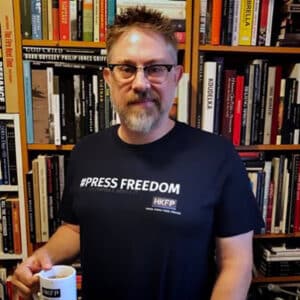On February 24, 2022, Russian forces invaded Ukraine, starting the largest armed conflict in Europe since World War II. The fighting has led to hundreds of thousands of soldiers killed on the battlefields, tens of thousands of civilian deaths, and ha...



